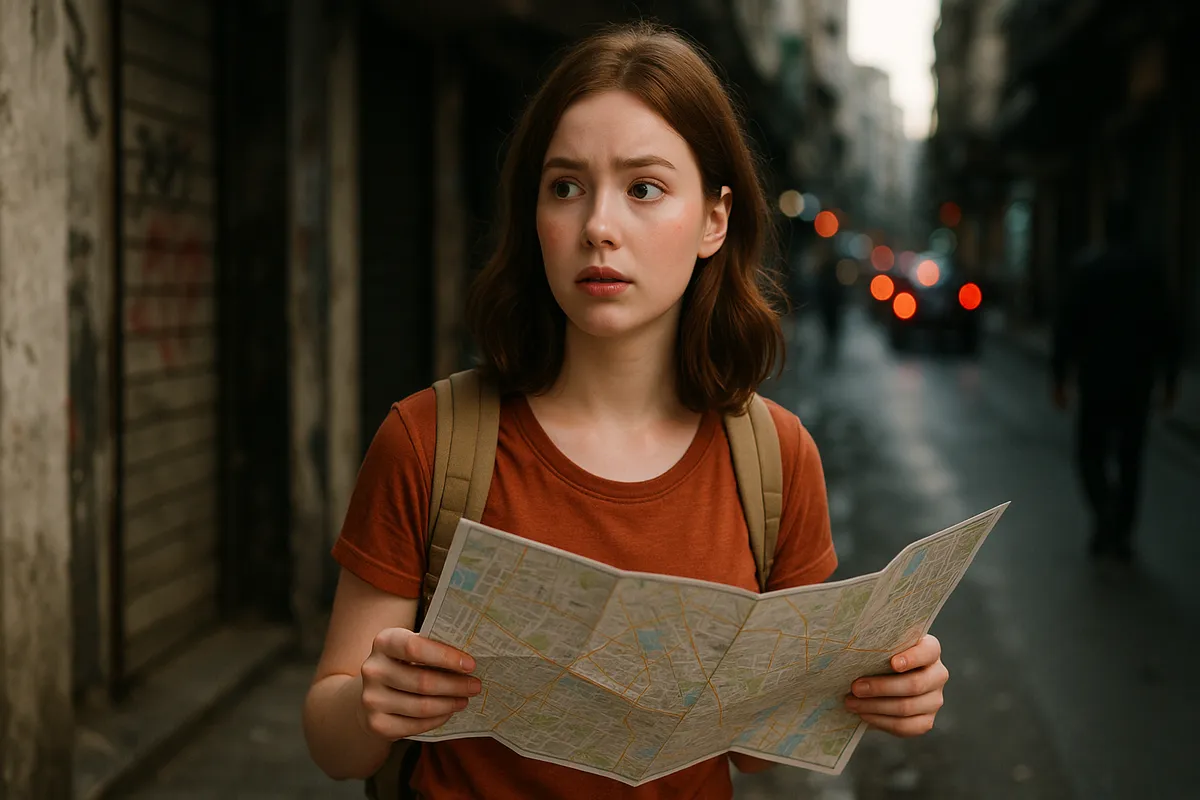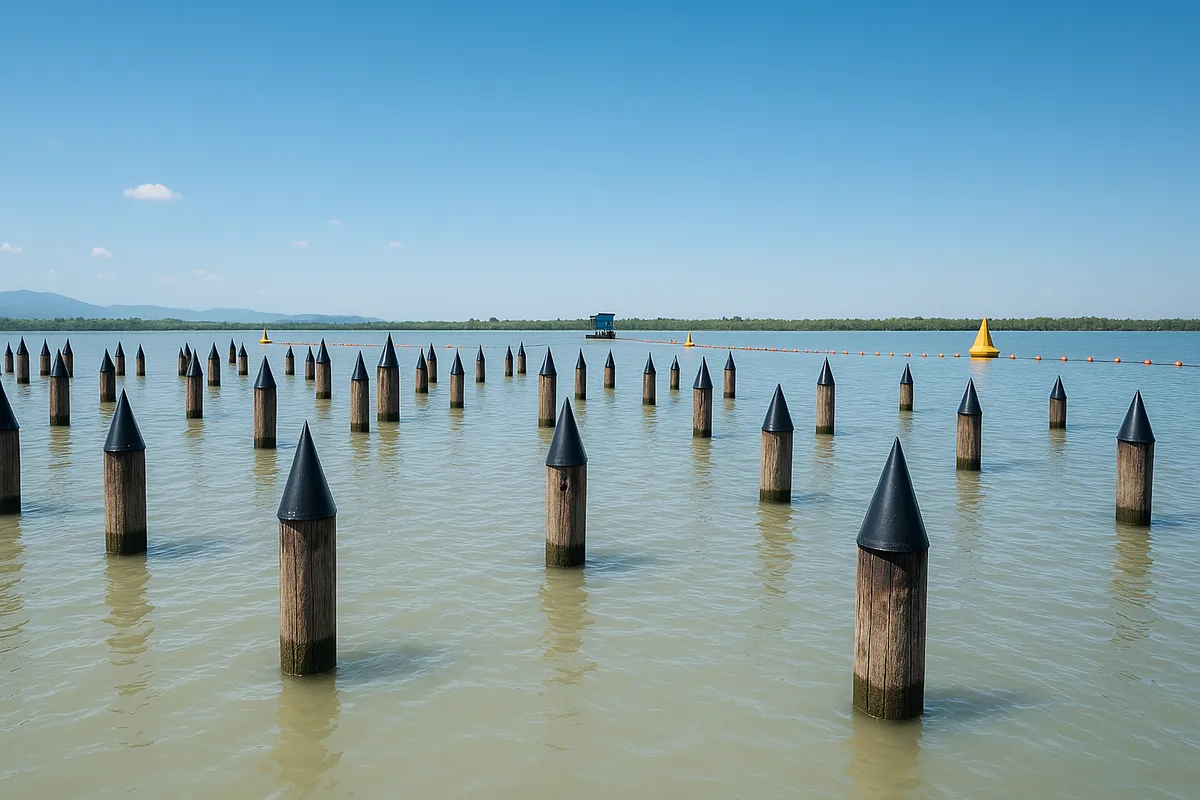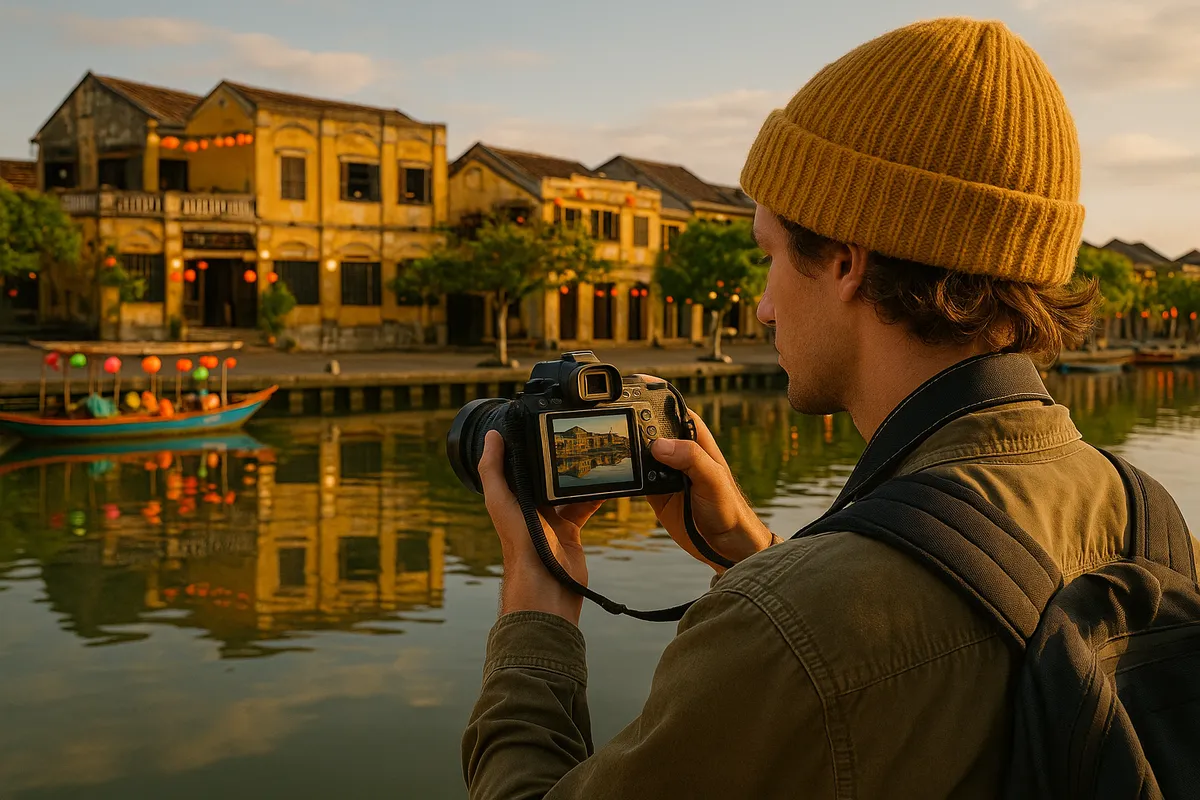Tips to identify dangerous areas when traveling to a strange city
- Sunday, Jun 22, 2025, 07:47 (GMT+7)
Tips to identify dangerous areas when traveling to a strange city
Stepping into an unfamiliar city, nothing stirs a traveler’s concern more than unintentionally wandering into an unsafe neighborhood. While not every visitor runs into trouble, even a moment of carelessness can turn an exciting trip into an unpleasant memory. The reality is that most popular destinations have their own “shadow zones” that rarely appear on travel maps. But with a few smart observations and practical tips, identifying danger zones in advance becomes completely manageable.
One of the first red flags is a sudden change in street activity. In well-known tourist areas, the buzz of activity usually persists throughout the day and night. But if just a few blocks away, the atmosphere becomes oddly quiet, shops are shuttered, lighting is poor, and walls are covered in graffiti or left damaged, chances are it is not a place you want to explore. Many petty crimes like pickpocketing or bag snatching tend to occur in such hidden corners where visibility is low and police presence is scarce.
For younger travelers seeking out nightlife spots or bars to experience local culture, not every entertainment district guarantees safety. A good trick is to observe how locals behave. If they move in groups, rarely linger, or appear watchful, take that as a signal to stay cautious, especially if walking alone. Moreover, avoid being drawn to flashy lights and loud music in places where only tourists are present. Those are often hotspots for scams and opportunistic theft.
Another overlooked but powerful signal comes from unofficial warning signs. Some areas may not have formal notices from the authorities, but local residents might take it upon themselves to post handwritten warnings, draw symbols, or leave subtle messages near alleyways. These rough markings on old walls could be the most honest signs of danger. Ignoring them just because they are not listed on tourist apps could be a costly mistake.
In major cities with developed public transportation systems, places like bus terminals, metro stations, or train platforms often become risk zones, especially during off-peak hours or late at night. Always wear your bag in front, avoid pulling out your phone near tracks, and stay alert when approached by strangers. Numerous travelers have reported being pickpocketed in crowded stations or distracted by someone asking for directions while an accomplice strikes.
A lesser-known but very effective method is to switch your phone map to satellite view. Neighborhoods with poor lighting at night or maze-like alleyways with no clear exits tend to carry higher risk. By zooming in on the map, you can spot poorly lit areas or closed-in spaces and assess their safety before deciding to pass through.
Sometimes the danger does not come from people but from the environment itself. Narrow, slippery paths, flood-prone spots, broken bridges, or trails along steep hillsides pose serious risks, especially in cities with unusual terrain. To avoid these areas, stick to routes marked as popular or recently reviewed by other travelers, and always check the weather and local alerts beforehand.
Urban lighting is another factor often overlooked. Some residential neighborhoods may feel perfectly normal during the day but turn suspicious after dark due to poor or nonexistent street lighting. Before booking a hotel or homestay, ask for photos of the surrounding area at night. This small step can save you from having to walk through dark alleys after 10 PM.
Be extra cautious in areas where illegal services are present, such as vague massage offers, aggressive street vendors, sketchy raffle invitations, or beggars who approach with excessive friendliness. In many large cities, these are warning signs of organized scams or criminal groups disguised as harmless individuals.
For solo travelers or all-female groups, a practical and often overlooked tip is to ask hotel staff, ride-hailing drivers, or local servers about the safety of upcoming destinations. These people are familiar with the area and can often provide more accurate and current information than anything found online. A motorbike driver once shared that the way he carefully chooses safer roads for certain neighborhoods says more than any online review.
Most importantly, stay alert at all times. Do not become so absorbed in sightseeing that you forget to watch your belongings or keep track of your location. Always check real-time positioning, share your route with friends using apps, and never hesitate to turn back if something feels off. Your instincts are often the earliest and most reliable alarm system any traveler can rely on.
Remember that spotting dangerous areas is not just about protection. It is about ensuring that your journey remains smooth, meaningful, and filled with genuine joy. A successful trip is not measured by how many places you tick off a list but by how safe and free you feel walking through unfamiliar streets. Sometimes, knowing when to turn back is the first step toward a much more rewarding travel experience.

 CHECKIN.VN
CHECKIN.VN








Share on